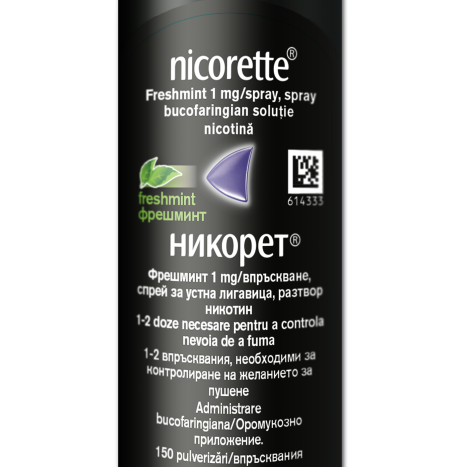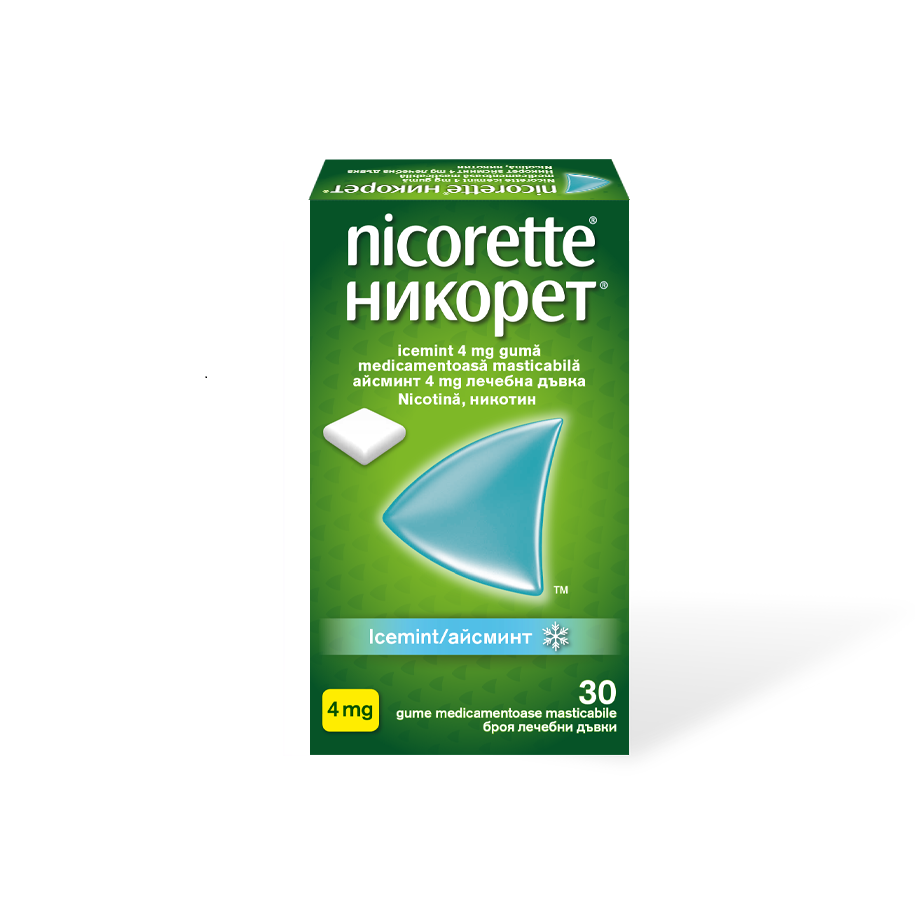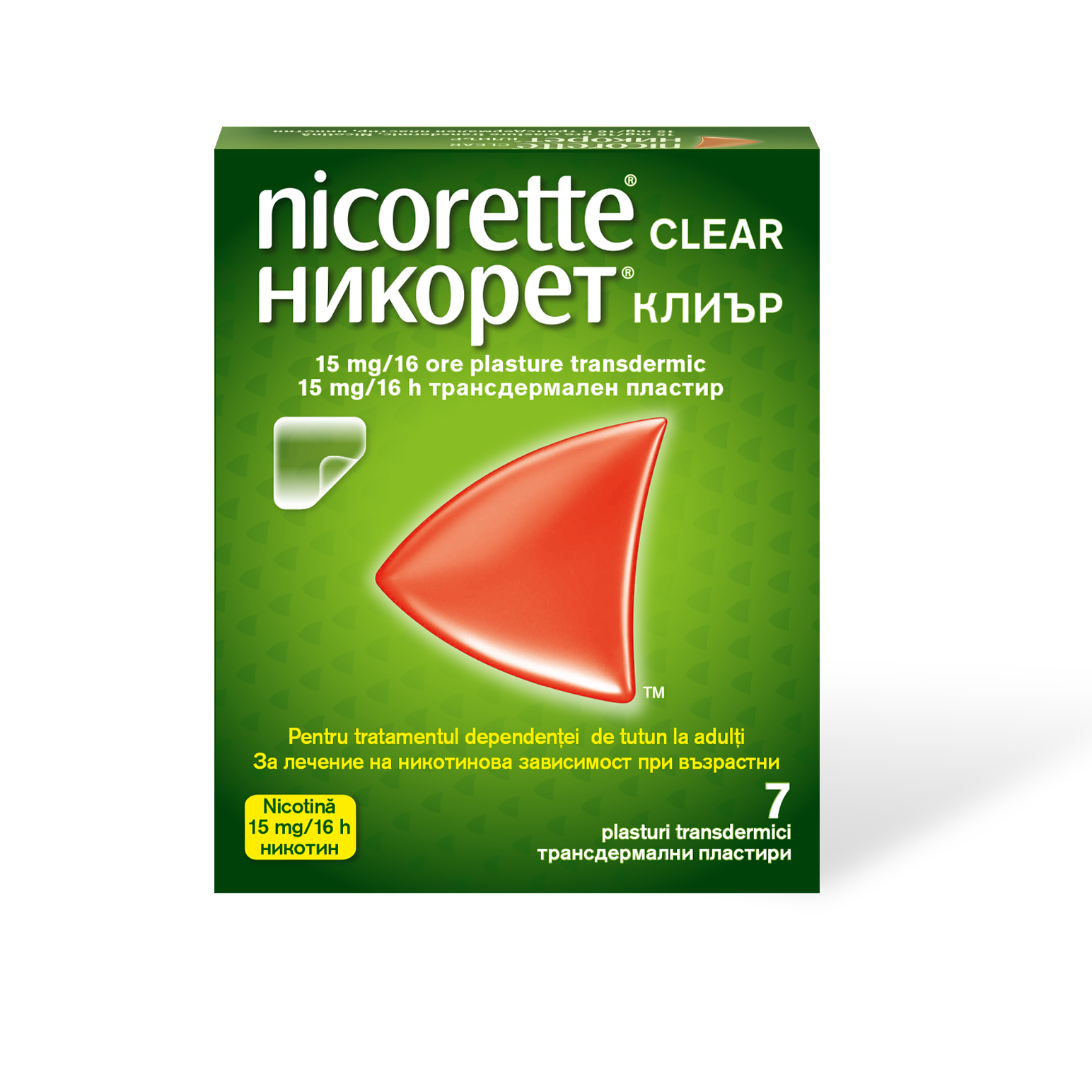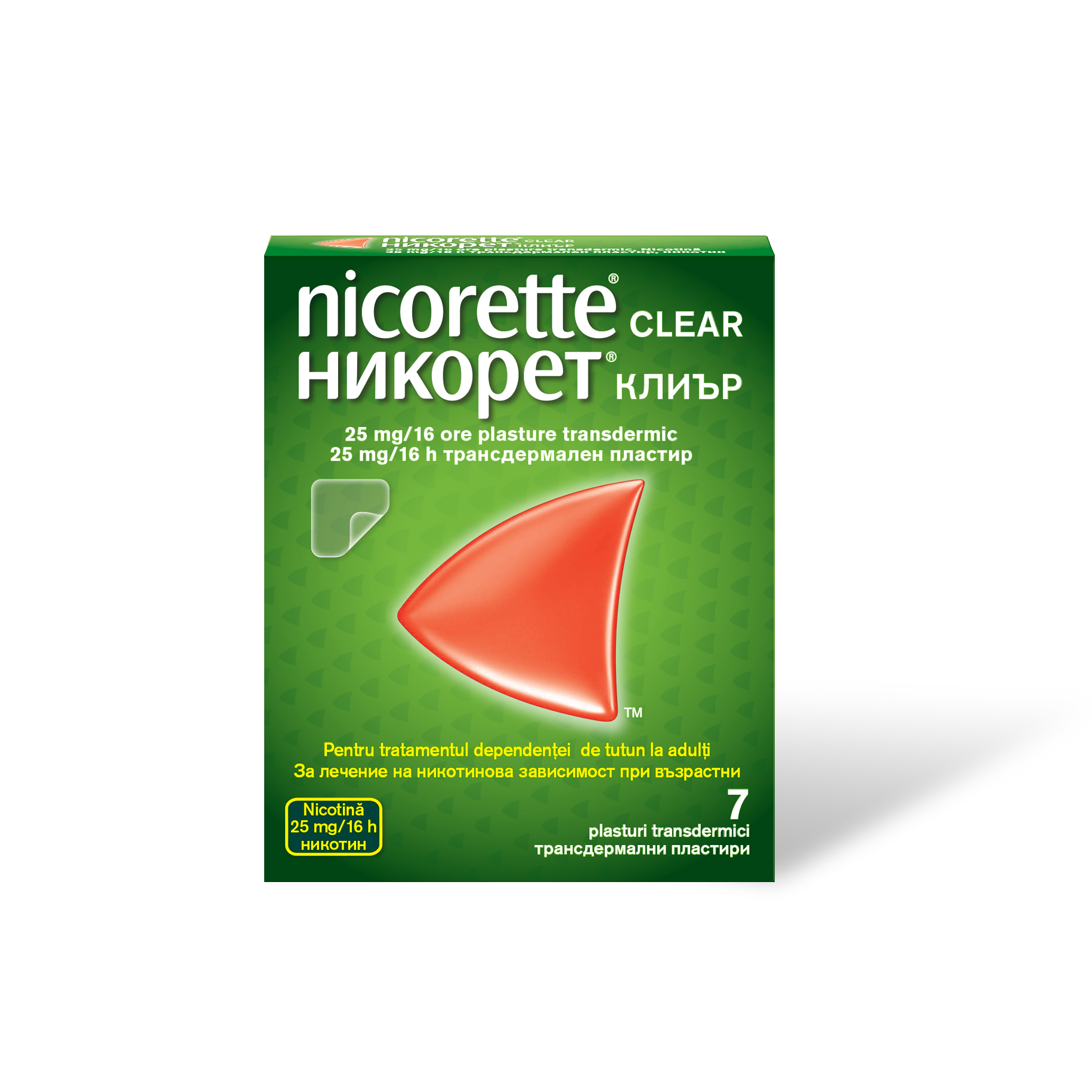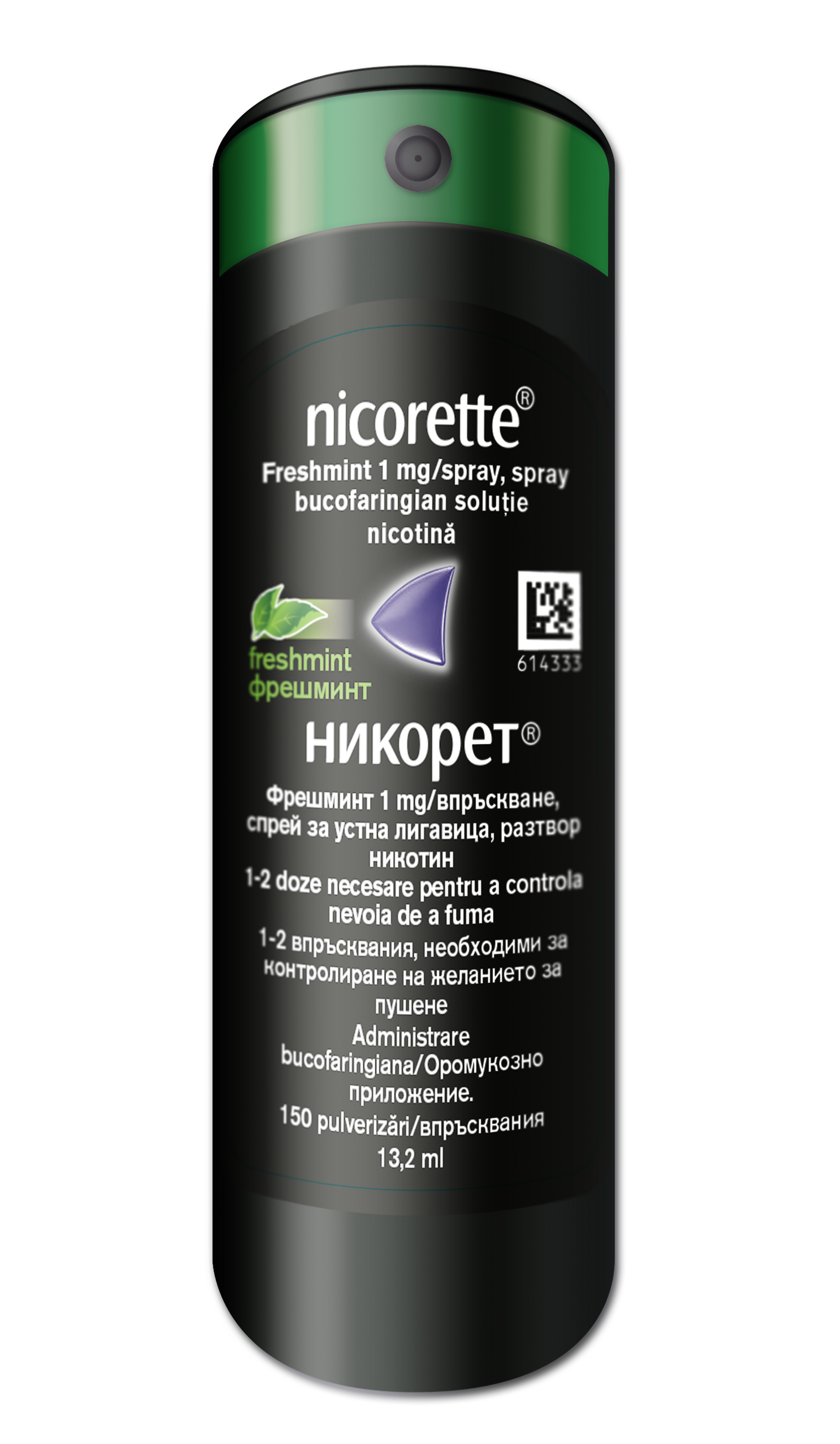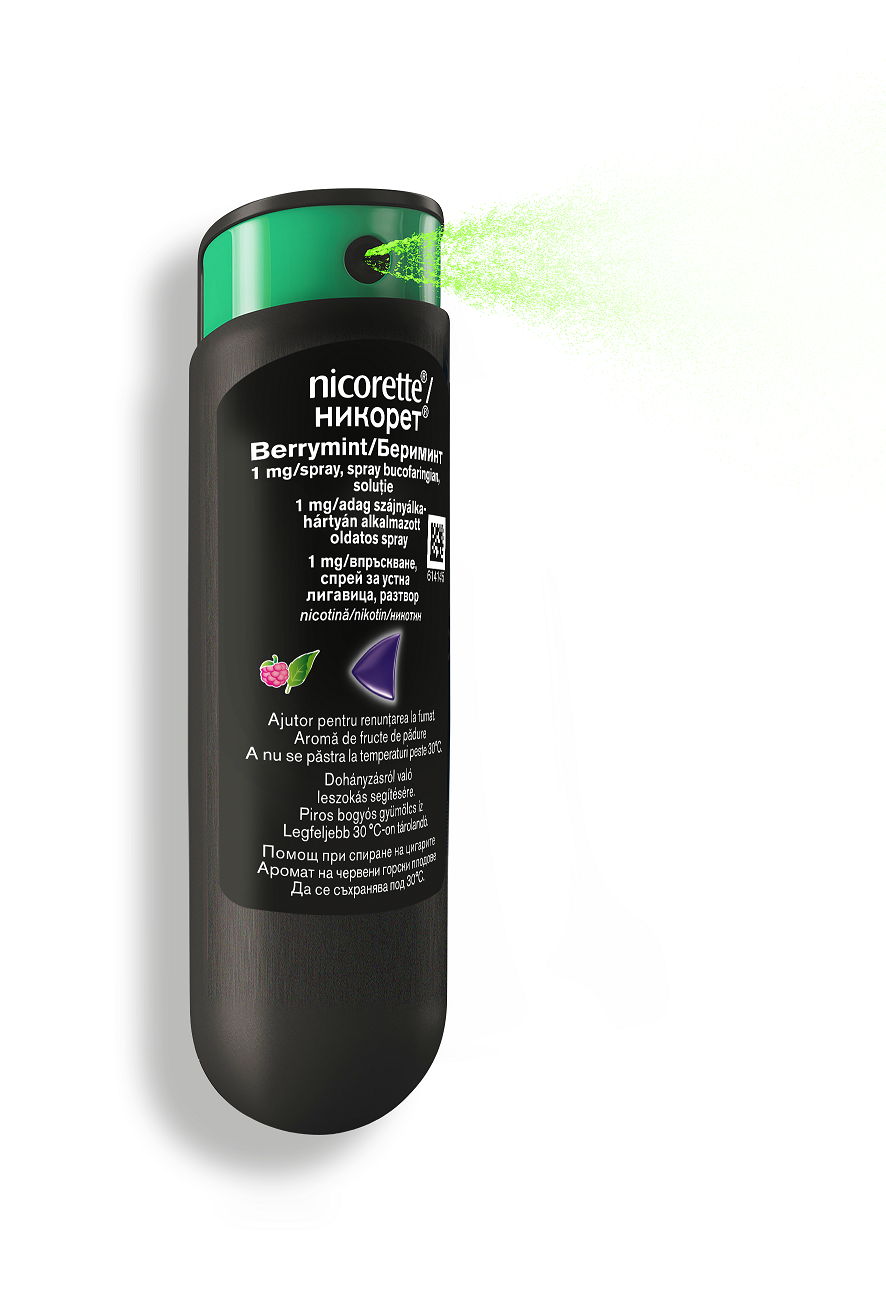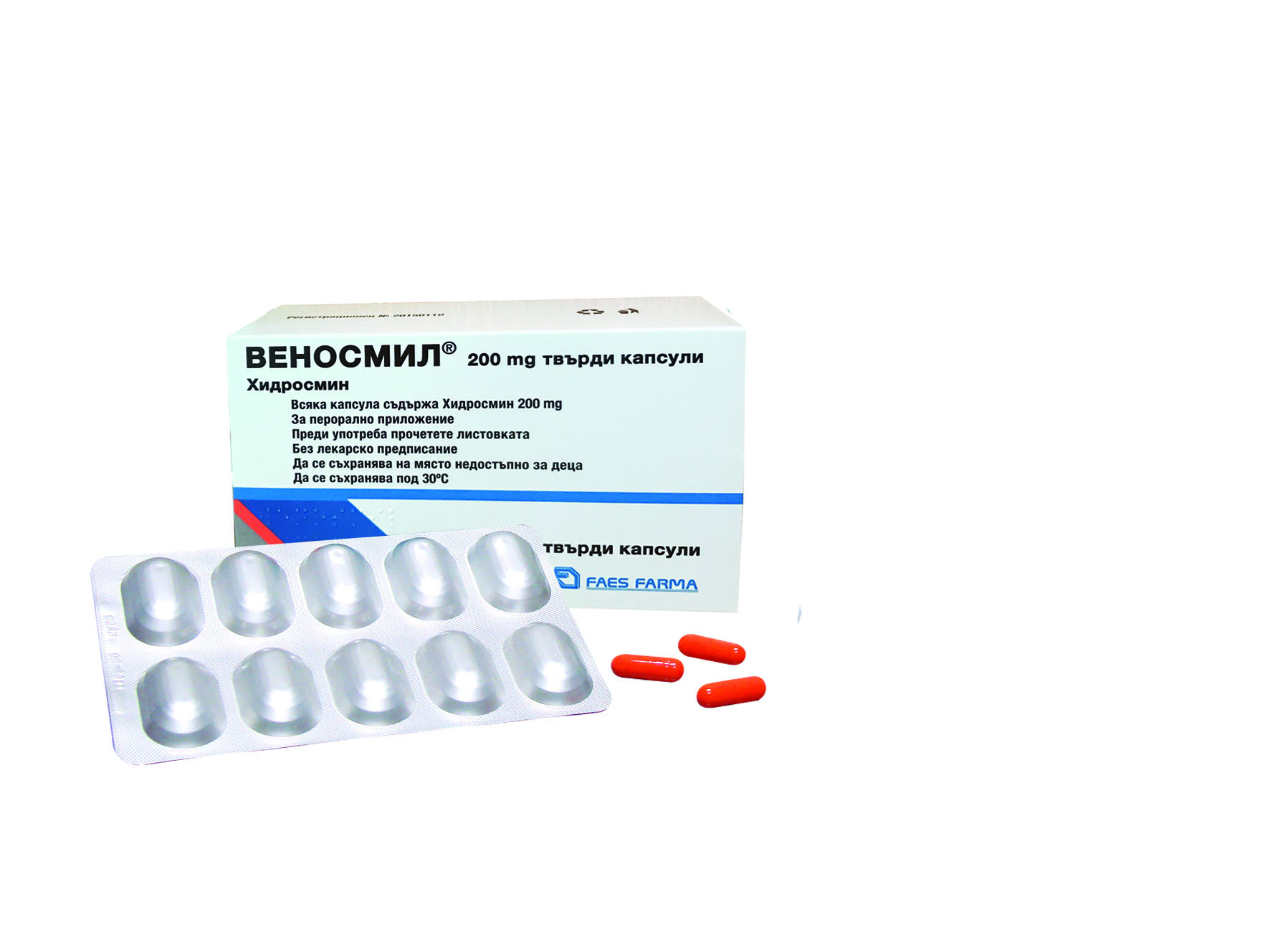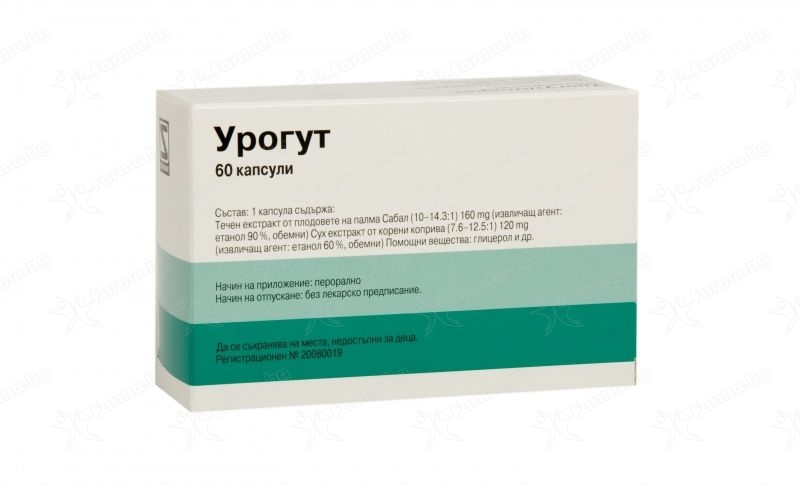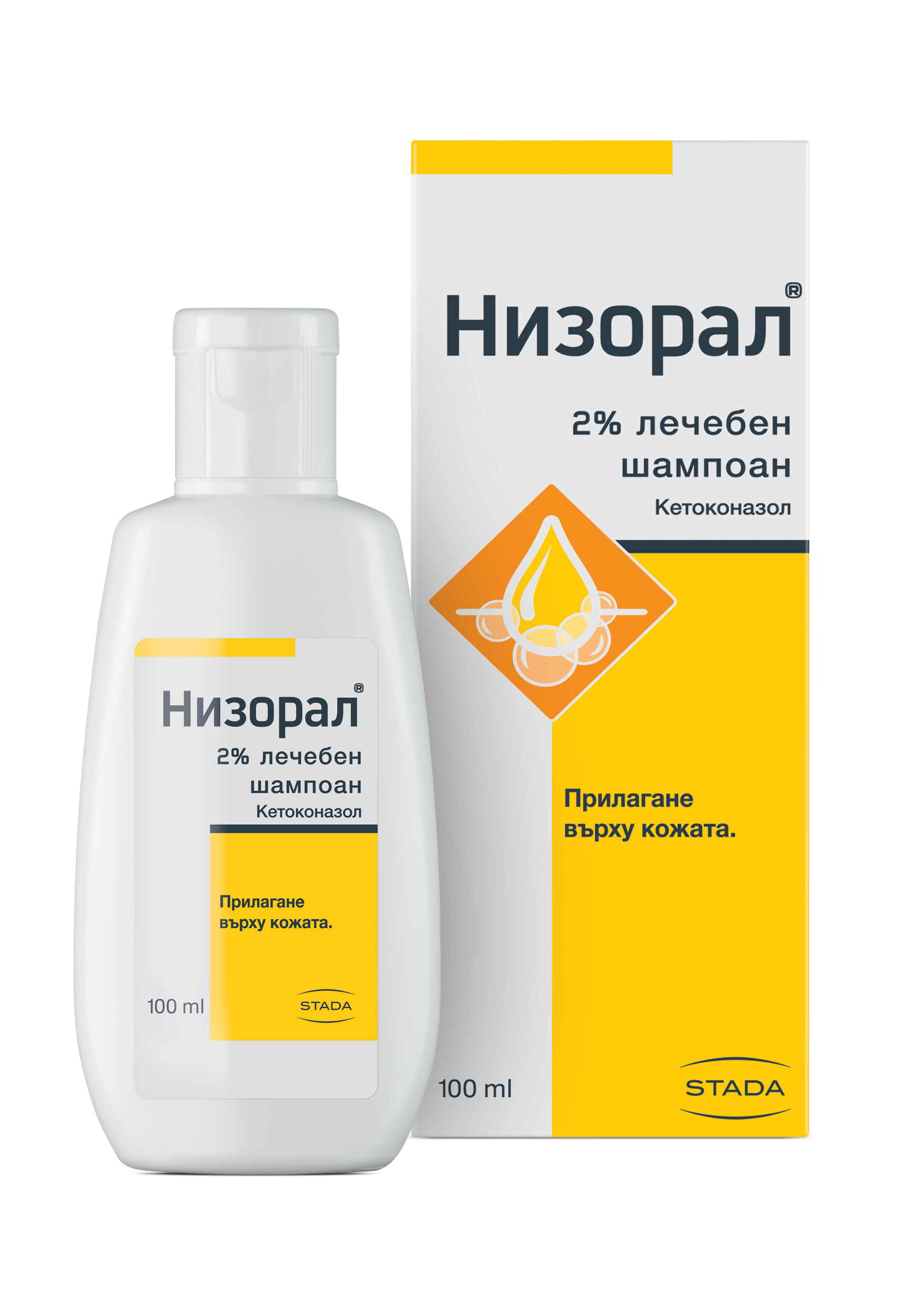NICORETTE FRESHMINT 1mg/spray 13.2ml
NICORET MINT spray 13.2 ml.
LEAFLET: INFORMATION FOR THE USER
Nicoret Spray 1 mg/ injection, spray for oral mucosa, solution
Nicotine
Nicorette Spray 1 mg/spray, oromucosal spray, solution
Nicotine
Read all of this leaflet carefully before you start taking this medicine because it contains important information for you.
This medicine is available without a prescription. However, you should use Nicorette Spray carefully to get the best results from it.
Keep this leaflet. You may need to read it again.
If you have any further questions, ask your pharmacist.
If you get any side effects, tell your doctor or pharmacist. This includes any side effects not described in this leaflet.
Contact your doctor if you have not been able to stop smoking after 6 months of treatment with Nicorette Spray.
What this leaflet contains:
1. What Nicorette Spray is and what it is used for
2. What you need to know before you take Nicorette Spray
3. How to take Nicorette Spray
4. Possible side effects
5. How to store Nicorette Spray
6. Contents of the package and additional information
1. WHAT NICORET SPRAY IS AND WHAT IT IS USED FOR
Nicorette Spray is used to help you stop smoking when you want to quit smoking. This is a type of treatment called nicotine replacement therapy (NRT).
Nicorette Spray relieves nicotine withdrawal symptoms, including nicotine cravings - symptoms you get when you stop smoking. When you suddenly stop providing nicotine from tobacco to your body, you experience a variety of unpleasant sensations called withdrawal symptoms. By using Nicorette Spray, you can prevent or reduce these unpleasant sensations and the urge to smoke. This is because you keep putting a small amount of nicotine into your body for a short period of time. Nicorette Spray does not contain tar, carbon monoxide or other toxins from cigarette smoke.
To improve the likelihood of getting help to quit smoking, you should also seek counseling and support if you can.
2. BEFORE YOU TAKE NICORET SPRAY
Do not take Nicorette Spray:
If you are allergic to nicotine or to any of the other ingredients of this medicine (described in item 6);
If you are under 18;
If you have never smoked.
Warnings and precautions
Contact your doctor in advance if you suffer from any of the following diseases. You may be able to use Nicorette Spray, but you should talk to your doctor first if you have:
You have recently (up to 3 months) had a heart attack or stroke;
Chest pain (unstable angina) or angina at rest;
A heart condition that affects the rate or rhythm of the heart;
High blood pressure that is not controlled with medication;
You have ever had allergic reactions with swelling of the lips, face and throat (angioedema) or an itchy skin rash (urticaria);
HRT use can sometimes trigger this type of reaction;
Severe or moderate liver disease;
Severe kidney disease;
Diabetes;
Overactive thyroid gland;
Tumor of the adrenal gland (phaeochromocytoma);
Stomach or duodenal ulcer;
Esophagitis.
Nicorette Spray should not be used by non-smokers.
Other medicines and Nicorette Spray
Tell your doctor or pharmacist if you are taking or have recently taken any other medicines, including medicines obtained without a prescription. This is especially important if you are taking medicines containing:
theophylline to treat asthma;
tacrine for Alzheimer's disease;
clozapine for schizophrenia;
ropinirole to treat Parkinson's disease.
Nicorette Spray with food and drink
Do not eat or drink when applying the oral mucosal spray.
Pregnancy and breastfeeding
It is very important to stop smoking during pregnancy because it can damage your baby's growth. It can also lead to premature or stillbirth. It is best if you can quit smoking without the use of drugs containing nicotine. If you are unable to do this, Nicorette Spray should only be used in consultation with the medical professional who is monitoring your pregnancy, your family doctor or a doctor from a center specializing in helping people who want to quit smoking.
Nicorette Spray should be avoided during breastfeeding, as nicotine is found in breast milk and may affect your child. If your doctor has recommended you to use Nicorette Spray, the spray should be applied immediately after breastfeeding and should not be used for at least 2 hours before breastfeeding.
Driving and using machines
No effects on the ability to drive or use machines have been observed.
Nicorette Spray contains small amounts of ethanol (alcohol), less than 100 mg per spray.
3. HOW TO TAKE NICORET SPRAY
Always take Nicorette Spray exactly as described in this leaflet. If you are not sure, ask your doctor or pharmacist.
People under the age of 18 should not use Nicorette Spray.
You must stop smoking completely during treatment with Nicorette Spray.
The following table shows the recommended Nicorette Spray step-by-step process.
Step 1: Weeks 1-6
1 or 2 puffs are given when you would normally smoke cigarettes or when you have the urge to smoke. Take one puff first, and if your urge to smoke doesn't go away within a few minutes, take a second puff. If 2 injections are required, future doses may be delivered as 2 consecutive injections. For most smokers, this means about 1 or 2 puffs every 30 minutes to 1 hour.
For example, if you smoke an average of 15 cigarettes per day, you should apply 1 or 2 puffs at least 15 times during the day.
Do not use more than 2 sprays at a time or 4 sprays per hour for 16 hours. The maximum dose is 64 injections within 16 hours in any 24-hour period.
Step 2: Weeks 7-9
You start reducing the number of injections per day.
By the end of week 9, you should be using HALF the average number of injections per day that you did in Step 1.
Step 3: Weeks 10-12
You continue to reduce the number of sprays per day so that you do not use more than 4 sprays per day in week 12. When you have reduced to 2-4 sprays per day, you should stop using Nicorette Spray.
After stopping treatment, you may be tempted to clog again. Save the remaining doses of the spray, as the urge to smoke may come on suddenly. If you have the urge to smoke, take one or two puffs if one puff doesn't help within a few minutes.
You should usually take Nicorette Spray for 3 months, but no longer than 6 months.
Consult your doctor if you need to use Nicoret Spray for longer than 6 months.
Follow these directions carefully and use the pictures to guide you
Unlocking the tip
How to open the packaging with the dosing device
1. Use your thumb to slide down the button while pressing it slightly inward. Do not press too hard.
2. While pushing in, slide up to unlock the tip of the dispenser pack. Then release the button.
How to load the package with the dosing device
When you use the oral mucosal spray for the first time, you must first prime the pump of the spray. Point the spray nozzle safely away from you, other adults, children or pets. Press the tip of the dispenser pack with your index finger 3 times until a fine spray appears. If you do not use the spray for 2 days, this charging procedure will need to be repeated.
How to use the dispenser package
3. Point the spray nozzle towards your open mouth and hold it as close to the mouth as possible.
4. Firmly press the tip of the dispenser pack to release one spray into the mouth, avoiding the lips. To avoid getting spray in the throat, do not inhale while inhaling. To get the best results, you should not swallow for a few seconds after the injection.
Retract the tip
How to close the package with the dosing device
5. Slide the button down until it can be pushed in.
6. While pressing, slide the top of the package with the dispenser down. Release the button. The package with the dosing device is now closed.
To take another dose, repeat the above steps.
Close the container with the dispenser every time after use to prevent children from using the spray and accidental spraying.
Care should be taken not to splash the eyes while applying the oral mucosal spray. If spray gets in your eyes, rinse thoroughly with water.
If you have taken more than the required dose of Nicoret Spray
Nicotine overdose can occur if you smoke while taking Nicorette Spray.
If a child takes Nicoret Spray or if you have taken more Nicoret Spray than you should, you should contact your doctor or go to the nearest hospital immediately. Doses of nicotine tolerated by adult smokers during treatment can cause severe poisoning symptoms in young children, which can be fatal.
Overdose symptoms are vomiting (nausea), excessive salivation, stomach pain, diarrhea, sweating, headache, dizziness, hearing changes, and feeling very weak. At high doses, these symptoms may be followed by a drop in blood pressure, a weak and irregular pulse, difficulty in breathing, extreme fatigue, circulatory collapse, and generalized convulsions.
If you have any further questions related to the use of this medicine, ask your doctor or pharmacist.
4. POSSIBLE ADVERSE REACTIONS
Like all medicines, this medicine can cause side effects, although not everybody gets them.
Nicorette Spray can cause the same side effects as other forms of nicotine. Side effects usually depend on the dose you take.
Effects related to smoking cessation (nicotine withdrawal symptoms)
Some of the side effects you experience when you quit smoking may be withdrawal symptoms due to a reduction in nicotine intake. When you stop smoking, you may also develop mouth ulcers. The reason for this is unknown.
These reactions include:
Irritability, aggression, impatience or feeling powerless;
Feeling anxious, restless, or having trouble concentrating;
Waking up at night or sleep disturbance;
Increased appetite or weight gain;
Feeling depressed;
Desire to smoke (nicotine craving);
Slowing of the pulse;
Bleeding from the gums;
Dizziness or vertigo;
Cough, sore throat, stuffy or runny nose.
If you notice any of the following serious rare side effects, stop taking Nicoret Spray and contact a doctor immediately (signs of angioedema):
Swelling of the face, tongue or pharynx;
Difficulty swallowing;
Prominent rash and difficulty breathing.
Very common: may affect more than 1 in 10 users:
Hiccups (this is especially common);
Headache, nausea (urges to vomit);
Local effects of the spray, e.g. tingling, burning, inflammation, or pain in the mouth or lips, or changes in taste;
Dry mouth or throat or increased amounts of saliva;
Feeling of dyspepsia (indigestion).
Common: may affect up to 1 in 10 users:
Abdominal or chest pain or discomfort;
Vomiting, flatulence, or diarrhea;
Throat tightness or numbness;
Feeling tired.
Uncommon: may affect up to 1 in 100 users:
Effects in the nose, e.g. runny, stuffy nose, sneezing;
Wheezing (bronchospasm) or feeling like breathing takes more effort than usual (dyspnoea);
Redness of the skin (flushing), tingling, or increased sweating;
Increased tear secretion (lacrimation);
Effects in the mouth, eg, inflammation of the tongue or gums, damage to the lining of the mouth, or changes in the sound of the voice;
Palpitations (abnormal feeling of heartbeats);
Hypersensitivity (allergy), including rash and/or itching (urticaria) of the skin.
Frequency not known: cannot be estimated from the available data:
Fast and/or irregular heartbeat (atrial fibrillation);
Blurred vision;
Allergic reactions, including swelling of the face and mouth (angioedema or anaphylaxis).
If you get any side effects, tell your doctor or pharmacist. This includes any side effects not described in this leaflet.
5. HOW TO STORE NICORET SPRAY
This medicine should be kept out of the reach of children.
Do not use this medicine after the expiry date which is stated on the dispenser package and on the blister card. The expiration date corresponds to the last day of the specified month.
To be stored below 25 °C.
Do not dispose of medicines down the drain or in the household waste container. Ask your pharmacist how to dispose of medicines you no longer use. These measures will help protect the environment.
6. CONTENTS OF THE PACKAGE AND ADDITIONAL INFORMATION
What Nicorette Spray contains
The active substance is: nicotine. One puff delivers 1mg of nicotine.
The other ingredients are: propylene glycol, anhydrous ethanol, trometamol, poloxamer 407, glycerol, sodium hydrogen carbonate, levomenthol, mint flavor, cooling flavor, sucralose, acesulfame potassium, hydrochloric acid (for pH adjustment) and purified water.
What Nicorette Spray looks like and what it contains
Nicoret Spray consists of a plastic bottle with a solution in a package with a dosing device with a mechanical spray pump. The packaging with the dosing device is child-resistant.
One bottle contains 13.2 ml of solution, which provides 150 sprays.
Nicorette Spray is produced in packs of 1 or 2 packs with a dosing device.
Not all types of packaging can be put on sale.
Marketing Authorization Holder and Manufacturer
Marketing Authorization Holder:
McNeil AB, Sweden.
Manufacturer:
McNeil AB, Sweden.


